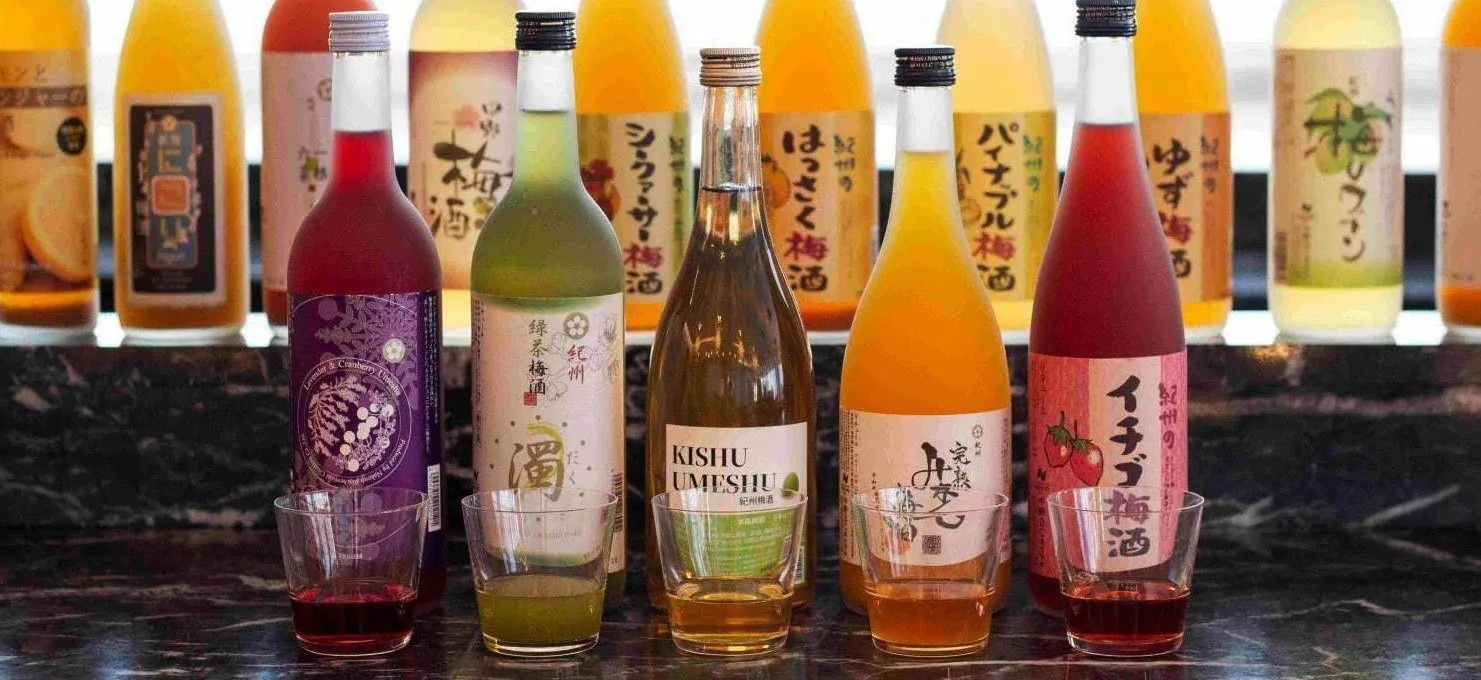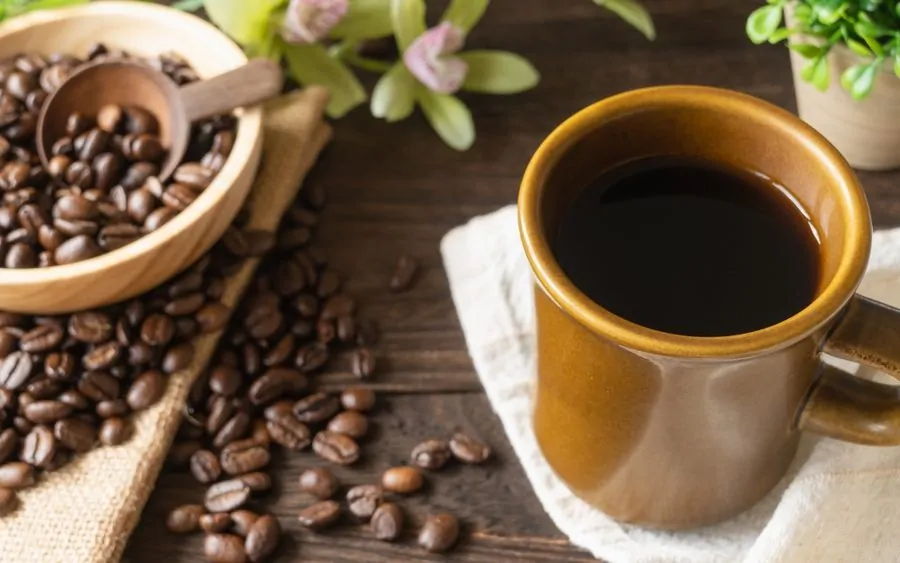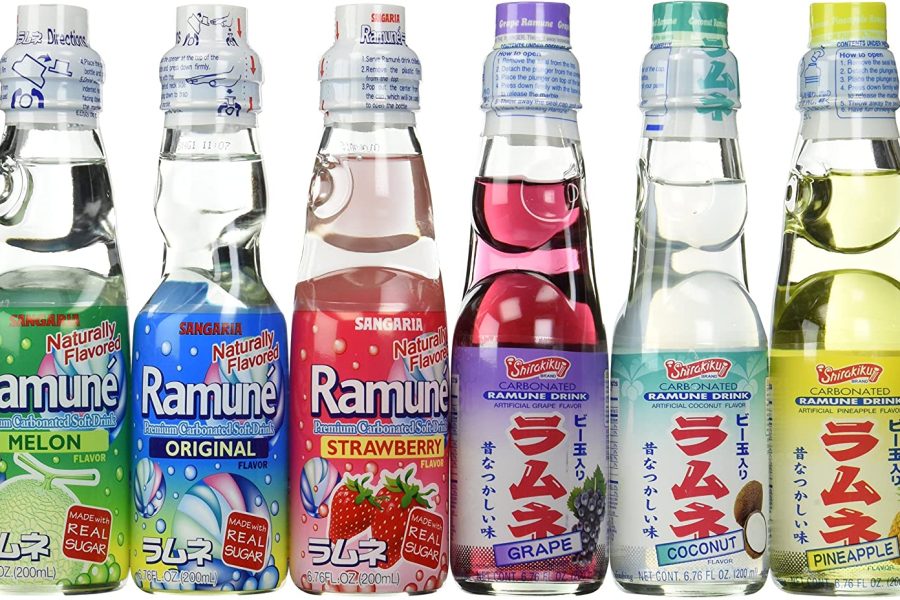Drinking is a significant part of the Japanese culture, whether you are drinking sake made in a generations-old brewery, a regular drink from the store, or a high-end award-winning hard-to-buy whisky.
Japanese, just like many people in the world, have been having alcoholic drinks since time immemorial. Modern Japan is known for being strict in aspects of life like social interactions but is open regarding their drinking culture.
Here are some of the most famous Japanese drinks:
1. Sake/ Nihonshu
Sake means alcohol in Japan and can refer to any type of alcohol. However, Nihonshu is the rice wine that many Japanese visitors call sake to avoid confusion.
Nihonshu, probably the most famous drink in Japan, is made using water, fermented rice, and koji (aspergillus oryzae), a unique variety of mold used for fermentation. Usually, the drink is colorless and transparent, with a sweet taste and scent.
The quality of water, rice type, and koji strain used in making the drink determine the end flavor. The techniques and environment used during the brewing process also determine the quality of the end product.
The rice used is usually an inedible type, thick, and has a nice starchy core to help with fermentation.
Nihonshu, with an alcohol content of 15-20%, has the highest natural alcohol volume since many other alcoholic drinks are made using brewer’s alcohol to increase the ABV.
It has a variety of tasting notes and taste profiles, which are determined by the percentage of the rice grains milled.
Usually, it is served cold or at room temperature, but you can have it warmed during the winter.
The heating process has additional benefits to the Japanese drink because it opens up its aromatics. It is usually served in glass, metal, or ceramic decanters known as tokkuri and poured into small cups called ochoko.
There are different types of nihonshu, depending on their ingredients;
- Futsu: The word means ordinary, and this type of drink is brewed with no special designation, and the rice used has 30% of the grains polished off.
- Honjozo: This type of nihonshu has brewer’s alcohol added during fermentation.
- Junmai: Unlike honjozo, junmai is made with only rice and koji, and no brewer’s alcohol is added at any part of the process.
- Daiginjo: This one is made with rice grains that have 50% of them polished off.
- Ginjo: Ginjo-shu is made using rice whose grains are 40% polished away.
- Nigorizake: This type of nihonshu is prevalent in Western Japan, and it is unfiltered sake, which may have koji rice, looks typically cloudy and is sweeter than all the other nihonshu varieties.
- Namazake: This is unpasteurized sake, which has to be refrigerated lest the aroma and taste may change over time.
- Shinshu: This is nihonshu that is usually brewed, shipped, and may be consumed in one year.
2. Shochu
Until recently, shochu was hardly known beyond Japan’s shores. However, this is Japanese alcohol that is growing increasingly popular, not only in Japan but globally, and it is sometimes referred to as the ‘vodka of japan.’
Shochu is distilled liquor that is either distilled once or several times, with an alcoholic content of 20-35%. Its main ingredient is one of several starch types (barley, rice, brown sugar, sweet potatoes, buckwheat, etc.).
It is colorless and transparent and has a specific smell and taste depending on the main ingredient. The source of starch used determines the end product’s flavor profile, which is why it is usually categorized depending on its main ingredient:
- Barley shochu: Mugi
- Rice shochu: Kome
- Brown sugar shochu: Kokuto
- Sweet potato shochu: Imo
Besides starches, shochu can also be brewed from different Japan’s citrus fruits like yuzu (a very aromatic and slightly sweet lemon reminiscent citrus fruit) or sudachi (somewhat bitter Japanese lime).
Japanese regions are known for different types of shochu, like Tokushima for sudachi shochu, Kagoshima for sweet potato shochu, and Okinawa for rice shochu.
The most common way of enjoying a glass of shochu is straight or on the rocks, or you can sometimes drink it in hot water (oyuwari). The hot water makes it comfortable to drink during cold seasons and enhances its subtle taste notes. You also can mix shochu with another drink like Japanese green tea to make an ochawari.
3. Umeshu / Plum wine
This is probably the most popular and common Japanese alcoholic drink, and its main ingredient is steeping Ume fruit. The fruit is mixed with alcohol, for example, shochu or nihonshu, and a sweetener like sugar is added to the mixture.
It has an amber color, similar to that of whiskey, and a sweet, refreshing, fruity, sweet, and smooth taste, which many call dangerous because it’s easy for you to take too much of the drink. Many people make it at home because it’s the only legal fruit liquor they can make at home.
In restaurants and pubs, umeshu in soda water (umeshu sour) and umeshu on the rocks are common ways to enjoy their umeshu. You can also have it with cold or warm water.
4. Beer
Beer is the most popular alcoholic drink in Japan and comes in wide varieties; Asahi, Yebisu, Sapporo, Kirin, Orion, Suntory, etc.
Dutch merchants first introduced it in Japan in 1603-1867, which was the Edo Period in Dejima, but the Japanese only tried the beer in the late 1800s. The first brewery in Japan opened in 1870, but it was by an America. It was until 1872 that a Japanese-owned brewery started.
If you want a go-to drink around Japan, you should go for a beer, especially if you are in an izakaya, where the phrase ‘let’s start with a beer’ is commonly used.
You can ask for a “nama biru,” which is a draft or draught beer, or a “bin biru,” which is a big bottle of beer, often half a liter, sheared by people around a table.
Like many globally, beer is made using cereal grains as the main ingredient, water, yeast, and hops. You can find non-alcoholic beer or a low-malt almost beer called “happoshu,” a cheaper alternative to real beer.
5. Wine
While japan may not be among the countries that come into mind when you think of wine, two of their native grapes, Muscat Bailey A and Koshu, are recognized and approved by the International Organization of Vine and Wine.
Just like beer, Japan did not start making wine on its own, but it was a result of western influence. The first Japanese attempt to make wine was by two young men in Kofu who used food grapes and sake brewing equipment.
Wineries started springing up, with people going to France and other countries to learn the craft. After the Second World War and Tokyo Olympics in 1964, wine culture in Japan started gaining popularity.
Because of the sweetness of the domestic Japanese grapes, their wine falls more on the sweeter side. The pale purple Koshu grapes produce an almost fruity bouquet resembling peach. Wines made from this grape are known to match Japanese cuisine perfectly.
On the other hand, the Muscat Bailey A grape is a hybrid developed to adapt to the country’s climate. They have a sweet taste similar to grape juice but can be blended and aged to develop more full-bodied wines with different flavors.
6. Whisky
Whisky, like beer, became popular in Japan in the late 1800s. Still, it was not until 1924 that the first Japanese distillery (the Suntory distillery) in Yamazaki by Taketsuru Masataka and Torii Shinjiro, who are considered the founders of Japanese whiskey.
Many distilleries had been established in less than a hundred years, like Chichibu, Kirin, Nikka, White Oak, etc. Japanese whisky contains an alcoholic content of 40%. Japanese whisky is mainly enjoyed with water or on the rocks.
It is served in bars and Japanese-style pubs. You can also enjoy it as highball whiskey mixed with carbonated water, carbonated soda, or some fruit varieties.
7. Gin
Being one of the globe’s most common spirits, Gin is also found in Japan, even though its production there just started recently. Japan has, however, taken the liberty to add their twist to the ingredients of their drinks and the production methods.
Japan’s Gin flagship is KI NO BI, a dry gin produced in northern Kyoto using Japanese botanicals such as cypress, yuzu, gyokuro tea, bamboo, and Japanese peppercorn. The botanicals are separated, distilled, and mixed to make the final product.
8. Chuhai / Lemon sour
This is one of the most common Japanese alcoholic beverages at an izakaya, at least as popular as Japanese beer. Chuhai, also called sour, is shochu mixed with soda water and some flavors. The flavors vary from grapefruit juice, lemon juice, oolong tea, umeshu, etc.
If you are a visitor to japan looking for something relatively mild to drink, lemon sour, also known as lemon Chuhai is the best option. It was invented in Tokyo and is made from shochu, club soda, and lemon.
You can find it in different varieties like grapefruit, yuzu, shikuwasa, and sudachi. You can find the drink pre-mixed in some restaurants or canned at a konbini store.
9. Amakaze
Amazake, or literally “sweet sake,” is a millennial preparation whose name can be found in the pages of the Nihon Shoki (the “Chronicles of Japan”), a work compiling the history of the country completed in 720, which evokes its consumption during the so-called “kofun” period, between the 3rd and 6th centuries. Amakaze contains from 0 to 8% alcohol, so it might be a good option if you don’t drink alcohol.





Leave a Comment